DJI Neo 2 Launches In Asia With Major Camera And Safety Upgrades As U.S. Availability Remains Uncertain
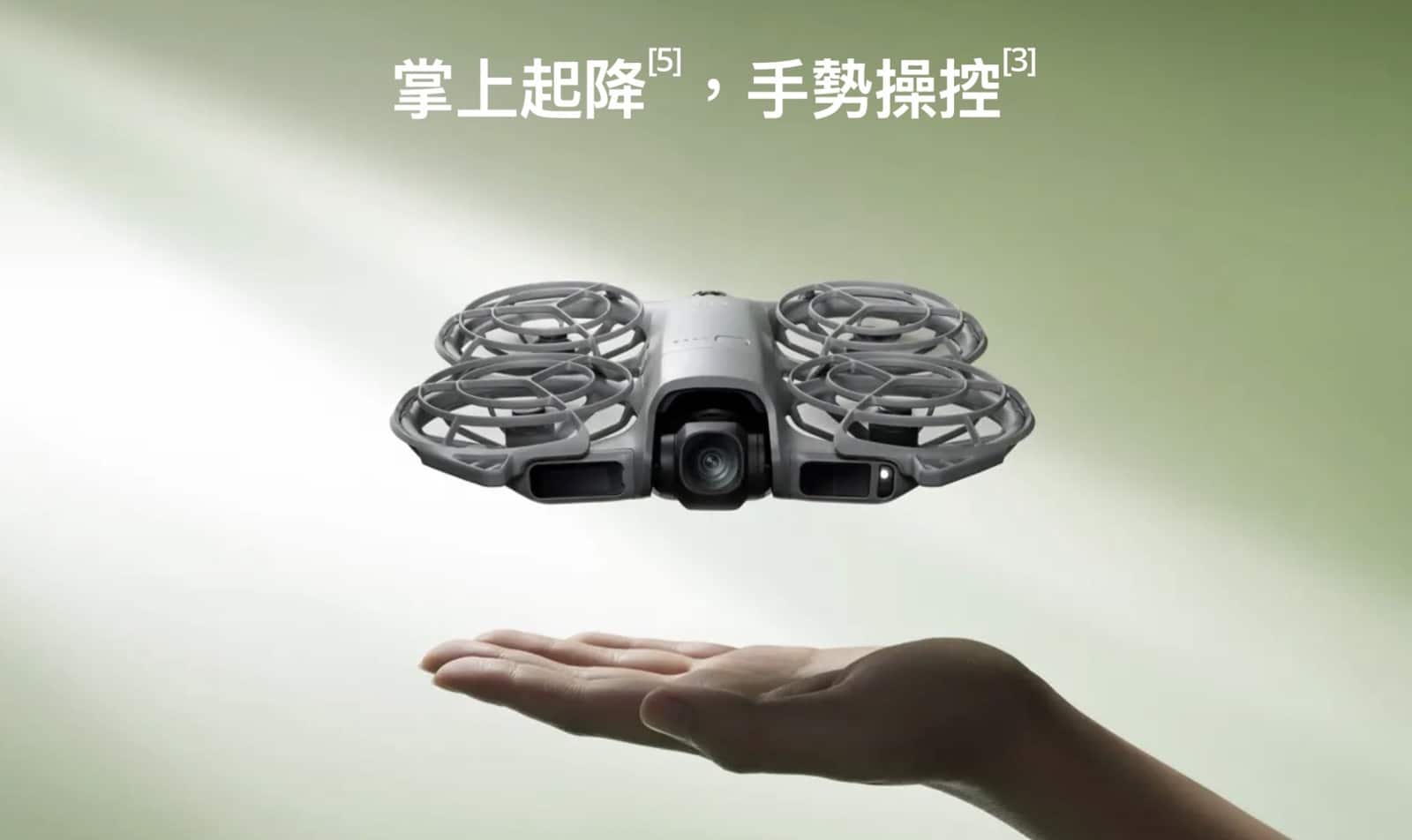
Amazon Drone Deals: DJI Mini 5 Pro Fly More Combo with DJI RC2 now for $1,099!
DJI officially launched the Neo 2 drone in Asia on October 30, 2025, bringing substantial upgrades to its palm-launched platform including a larger 1/2-inch camera sensor, dual-axis gimbal stabilization, and comprehensive obstacle avoidance sensors. The Neo 2 represents DJI’s most capable sub-250-gram drone yet—but American drone pilots face an uncertain path to accessing one.
The launch comes as DJI prioritizes Asian and European markets while regulatory pressure intensifies in the United States. With no U.S. marketing campaign and a December 23 automatic FCC Covered List deadline looming, the Neo 2’s availability in America remains deeply uncertain despite receiving FCC approval months ago.
DJI Neo 2’s Major Camera Upgrade Elevates Image Quality
The DJI Neo 2’s most substantial improvement centers on its imaging capabilities. DJI equipped the drone with a 12-megapixel 1/2-inch CMOS sensor with f/2.2 aperture—the same sensor size as the original Neo, though DJI claims improved image processing and performance. The real upgrade comes from the dual-axis gimbal stabilization, 4K/60fps video capability (double the original’s 30fps), and 4K/100fps slow-motion recording that provide content creators with dramatically expanded creative options.
The upgraded camera captures 4K video at 60fps, doubling the original Neo’s 30fps maximum. DJI also added support for 4K/100fps slow-motion recording, providing content creators with dramatically expanded creative options. The Neo 2 offers 2.7K direct shooting optimized for vertical social media formats, addressing the needs of modern content creators who publish primarily to Instagram, TikTok, and YouTube Shorts.
Perhaps most significantly, DJI upgraded the gimbal from single-axis to dual-axis mechanical stabilization. This provides substantially smoother footage during complex maneuvers and windy conditions, particularly when combined with the enhanced AI tracking and omnidirectional obstacle avoidance sensors. The original Neo’s single-axis stabilization limited its appeal to serious content creators; the dual-axis system addresses that fundamental weakness.
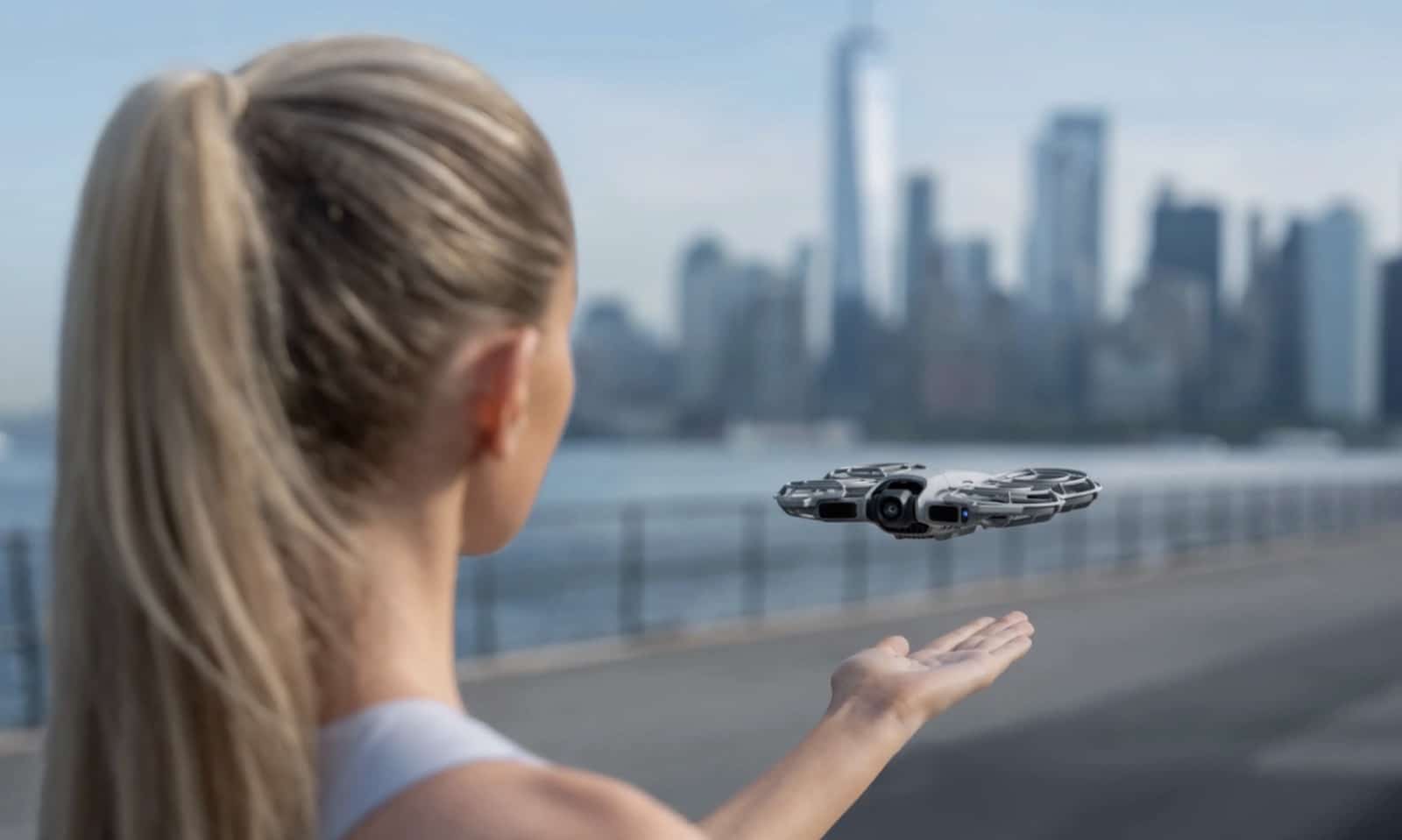
Comprehensive Obstacle Avoidance And Extended Flight Time
Safety upgrades represent another major evolution for the Neo 2. The drone features an omni-way monocular vision system combined with forward-view lidar and down-view infrared sensing. Forward-facing sensors detect obstacles from 0.5 to 15 meters at flight speeds up to 8 m/s (17.9 mph), while rear, side, up, and down sensors provide detection from 0.5 to 15 meters at speeds up to 3 m/s (6.7 mph).
The infrared ranging sensor provides distance measurement from 0.3 to 8 meters, with a viewing angle of horizontal 60 degrees and vertical 60 degrees. The original Neo faced criticism for occasional flyaways and complete lack of obstacle avoidance. The Neo 2’s comprehensive sensor suite should substantially reduce those incidents, making it far safer for beginners and more reliable for tracking fast-moving subjects.
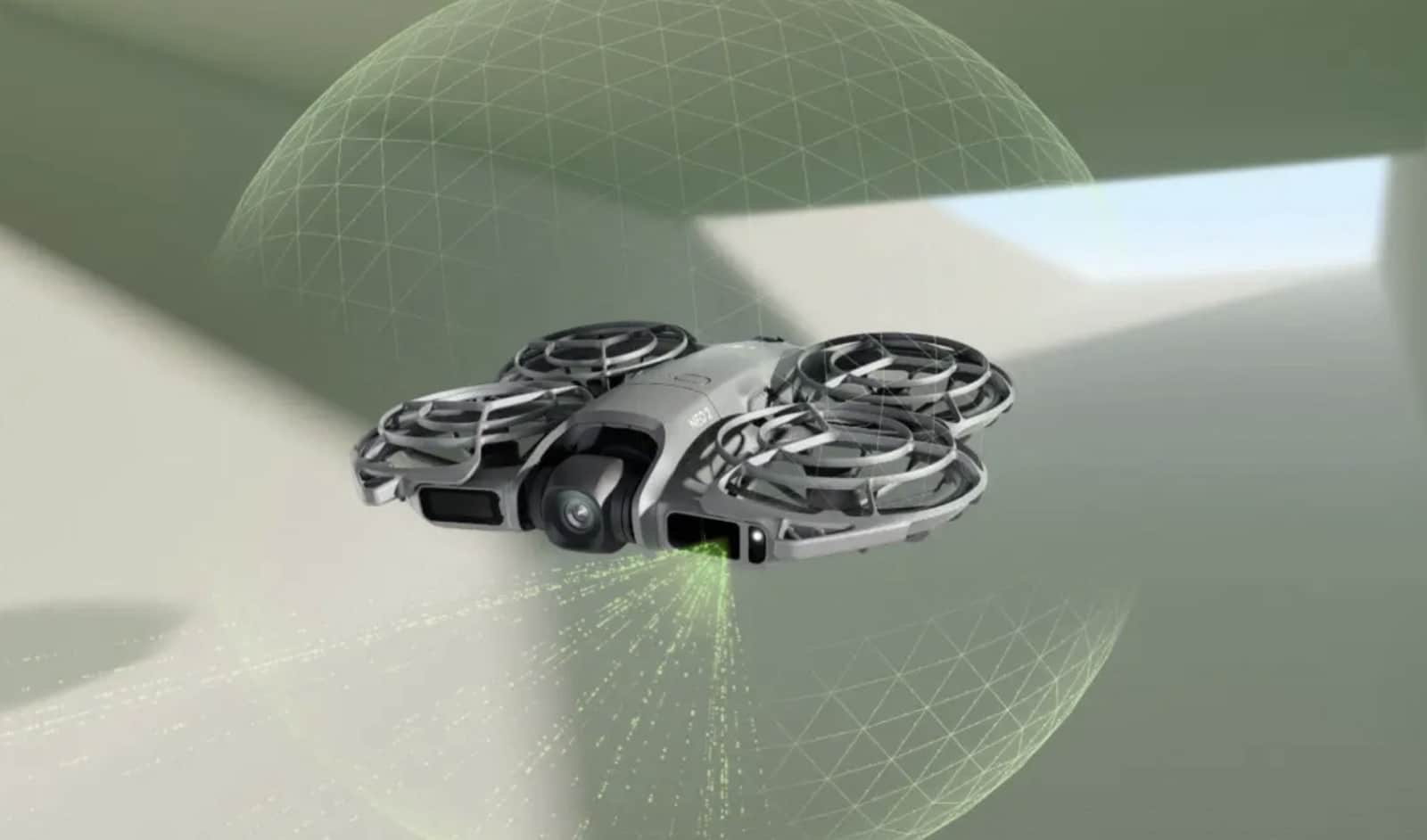
DJI also added a small LED display on the drone’s body—absent from the original Neo—showing crucial information including battery life, connection status, and active flight mode. This display provides at-a-glance telemetry without requiring phone or controller access.
Battery capacity increased to 1606 mAh (11.6 Wh), extending maximum flight time to approximately 19 minutes—a modest but meaningful improvement over the original’s 18-minute maximum. The drone weighs 151 grams (5.3 ounces) without the O4 transmission module, or 160 grams (5.6 ounces) with the module installed—comfortably under the 250-gram (8.8-ounce) threshold that triggers registration requirements in most jurisdictions.
Wind resistance improved to Level 5, allowing operation in winds up to 10.7 m/s (24 mph). The drone can reach maximum horizontal speeds of 12 m/s (27 mph) in sports mode and follow mode when tracking fast-moving subjects like cyclists or runners.
Modular O4 Transmission Module Expands Control Options
Perhaps the Neo 2’s most innovative feature is its removable OcuSync 4.0 (O4) transceiver module—a small attachment on the drone’s rear that enables long-range connectivity with existing DJI controllers and FPV equipment.
Without the transceiver module, the Neo 2 operates via standard WiFi image transmission with a 500-meter (1,640-foot) range when connected to smartphones. This configuration works perfectly for basic autonomous flights, palm launches, and simple social media content creation.
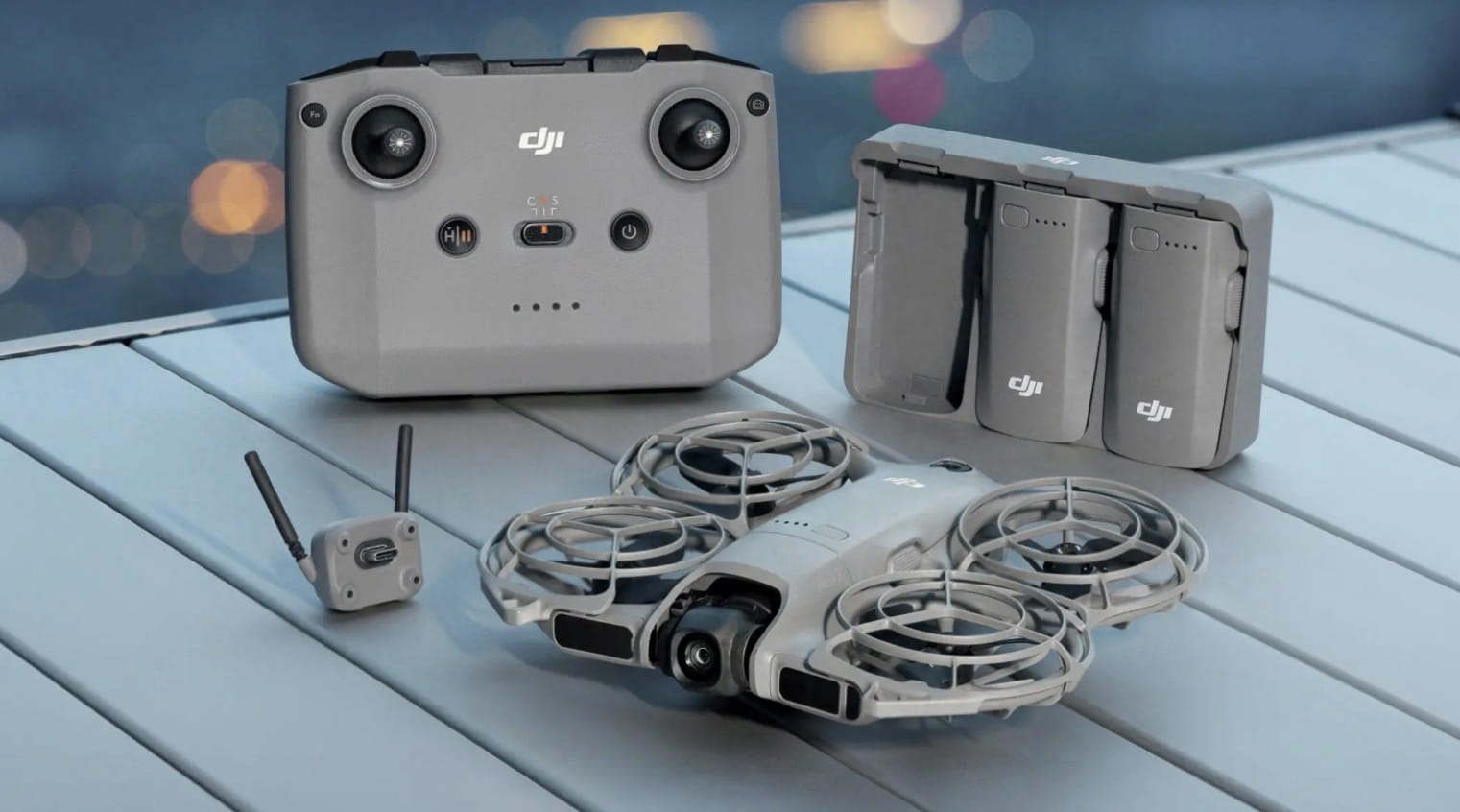
With the O4 transceiver installed, transmission range extends to 10 kilometers (6.2 miles) using DJI Goggles N3, Motion Controller 3, or RC-N3 remote controllers. The drone supports live image transmission up to 1080p/60fps with the DJI RC-N3 remote control, up to 1080p/60fps with DJI Goggles N3 and time-travel joystick 3/FPV remote control 3, and up to 1080p/100fps with DJI Flight Glasses 3 and Crossing Joystick 3/FPV Remote Control 3.
This modular approach allows users to purchase a basic package for simple autonomous flights or invest in accessories for serious FPV flying—all while maintaining compatibility with existing DJI hardware ecosystems. The drone retains palm takeoff and landing, voice control, gesture control, and intelligent shooting modes including smart selfie, sliding zoom, master lens, and one-click short film creation.
Notably, the Neo 2 adds support for gesture control—a feature the original Neo lacked—making it even more accessible for beginners who don’t want to deal with controllers or apps.
Enhanced Tracking And Intelligent Functions
The Neo 2’s follow function received significant upgrades, now supporting intelligent follow with a new riding scene mode, along with focus and surround options. The maximum following speed increased to 12 m/s (27 mph), compared to the original Neo’s 8 m/s (17.9 mph) maximum, making it far more capable of tracking cyclists, runners, and other fast-moving subjects.
Intelligent functions expanded to include smart selfie, sliding zoom, master lens, and one-click short film—substantially more than the original Neo’s limited one-click short film option. The enhanced AI tracking leverages the improved sensor suite and processing power to maintain subject lock more reliably during complex movements.
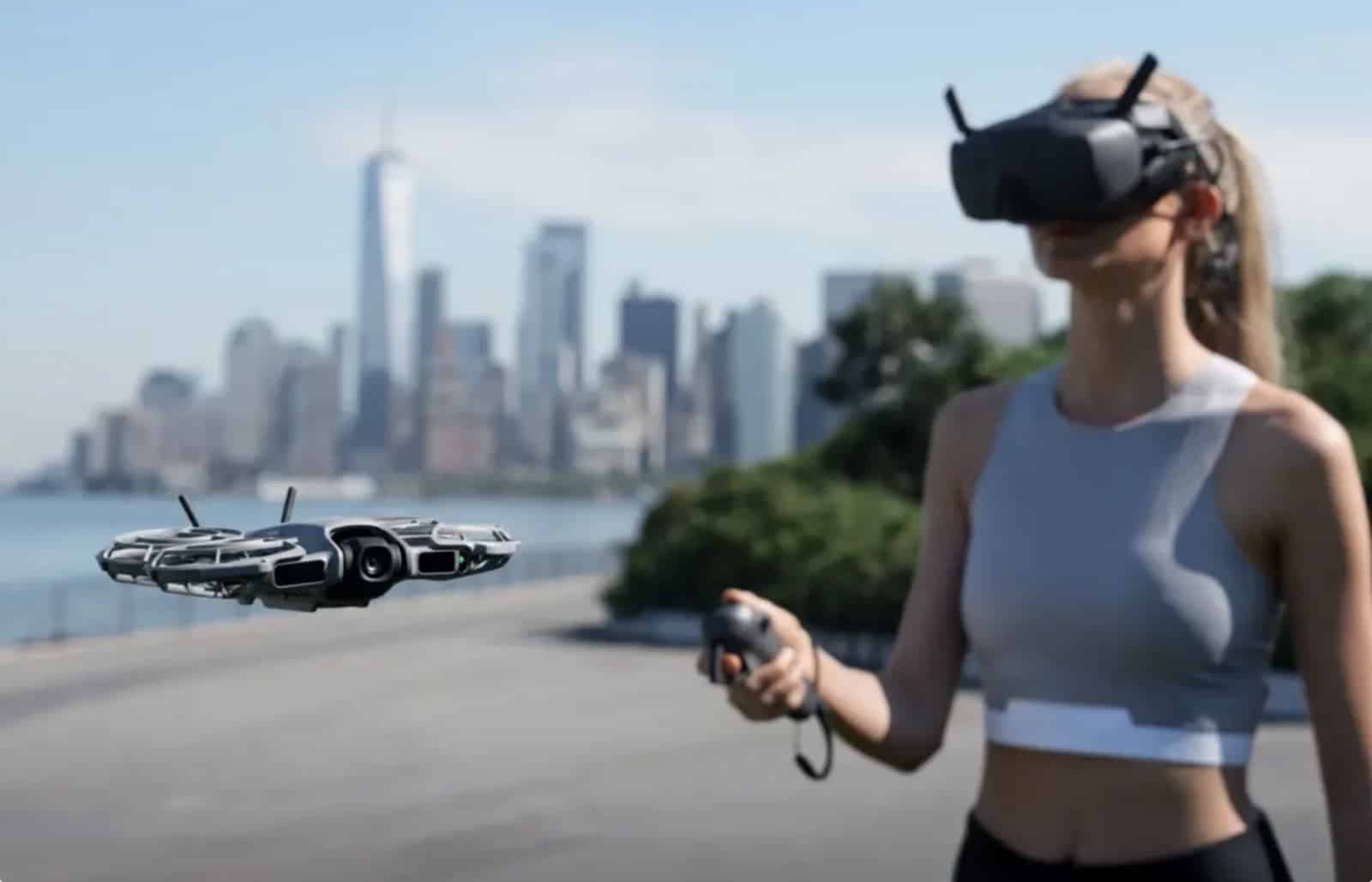
Pricing And Availability: Taiwan First, Europe November 13, U.S. Unknown
The Neo 2 launched in Taiwan at NT $6,290 (approximately $195 USD) for the standard package, representing a modest increase over the original Neo’s launch pricing. International leaked pricing suggests approximately $229-$259 for standard packages in other markets (€239 in Europe, £209 in UK), with Fly More Combo pricing around $429-$449 (€399, £349) and Motion Fly More Combo pricing reaching $579-$599 (€579, £509).
European launch is confirmed for November 13, 2025, according to multiple retail sources. But U.S. availability faces substantial obstacles that have nothing to do with the drone’s capabilities.
DJI conducted no American marketing campaign for the Neo 2. The company issued no English-language press releases and ran no U.S. teaser campaigns—a stark departure from typical product launches. This silence reflects DJI’s recognition that American regulatory hostility has made the market fundamentally unreliable for planning major product launches.
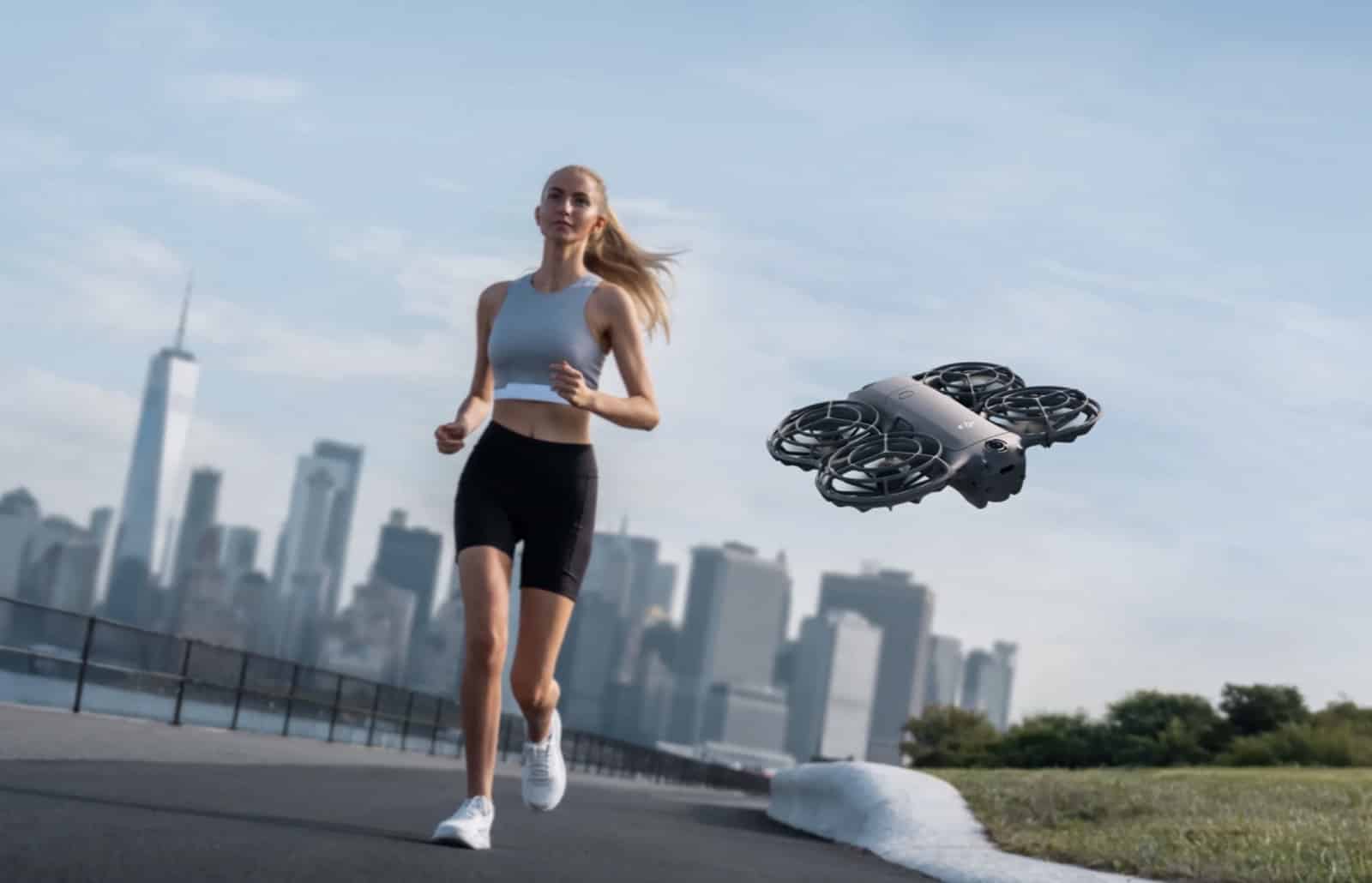
DroneXL’s Take
The Neo 2 represents genuine iterative improvement—the kind of thoughtful engineering that makes products legitimately better without revolutionary changes. The 1/2-inch sensor and dual-axis gimbal address the original Neo’s primary weakness: mediocre image quality that limited its appeal beyond casual social media use. The comprehensive obstacle avoidance system tackles the flyaway problems that plagued some original Neo users. And the modular O4 transceiver elegantly solves the tension between casual users who want simplicity and serious pilots who want FPV capabilities and extended range.
The specifications tell a story of DJI actually listening to user feedback. As we covered when reviewing the original Neo after a year of use, the main complaints centered on image quality, storage limitations, and tracking performance. The Neo 2 directly addresses the first and third concerns, though the 49GB internal storage (up from 22GB) still lacks expandability via memory card—a puzzling omission given how inexpensive microSD slots are.
But this launch occurs against a backdrop of intensifying political pressure that has nothing to do with whether the Neo 2 is a good drone. DJI faces automatic addition to the FCC’s Covered List on December 23, 2025—exactly 54 days from the Neo 2’s Taiwan launch—unless a U.S. national security agency completes a mandated security review. Ten months after DJI formally requested this audit, zero agencies have confirmed they’re conducting one.
The FCC voted October 28 to grant itself retroactive authority to ban equipment containing Covered List components—closing the loophole DJI attempted to exploit through its expanding network of shell companies including Skyany, Skyrover, Cogito, and Spatial Hover. Florida Senator Rick Scott explicitly demanded the FCC use this authority to revoke all DJI authorizations issued since December 23, 2024.
This isn’t security policy—it’s industrial policy dressed in national security clothing. When 88 percent of New York’s government drones remain DJI models despite years of security theater, the threat clearly isn’t urgent enough to ground existing fleets. What’s urgent is giving American manufacturers breathing room to develop products that might eventually compete with DJI on actual merit rather than regulatory capture.
The Neo 2 may never receive meaningful U.S. distribution given the December 23 deadline and complete absence of American regulatory preparation. Some enterprising retailers will undoubtedly import units from Asia and Europe, following the pattern established with the Mavic 4 Pro and Mini 5 Pro. But official distribution, warranty support, and fly-more combos at reasonable prices? That seems increasingly unlikely.
For American pilots, the Neo 2 represents both an attractive upgrade they’ll likely struggle to access legally and a stark reminder of the accessibility crisis now engulfing the U.S. drone hobby—where political considerations have overridden both operational capability and market forces.
The original Neo launched in September 2024 at $199 as an entry-level marvel—palm-launched convenience meeting legitimate autonomous capabilities in a package that genuinely democratized aerial content creation. The Neo 2 elevates that concept with professional-grade imaging, comprehensive safety systems, and modular expansion options, all in the same impossibly compact 151-gram package. It deserves to succeed on merit.
Whether American pilots will ever fly one legally with full warranty support and reasonable pricing remains an open question with a 54-day countdown.
What do you think about the Neo 2’s upgrades? Does the dual-axis gimbal and improved camera justify waiting for uncertain U.S. availability, or should American pilots grab the original Neo while it’s still readily available at discount prices? Share your thoughts in the comments below.
Discover more from DroneXL.co
Subscribe to get the latest posts sent to your email.
Check out our Classic Line of T-Shirts, Polos, Hoodies and more in our new store today!

MAKE YOUR VOICE HEARD
Proposed legislation threatens your ability to use drones for fun, work, and safety. The Drone Advocacy Alliance is fighting to ensure your voice is heard in these critical policy discussions.Join us and tell your elected officials to protect your right to fly.
Get your Part 107 Certificate
Pass the Part 107 test and take to the skies with the Pilot Institute. We have helped thousands of people become airplane and commercial drone pilots. Our courses are designed by industry experts to help you pass FAA tests and achieve your dreams.

Copyright © DroneXL.co 2025. All rights reserved. The content, images, and intellectual property on this website are protected by copyright law. Reproduction or distribution of any material without prior written permission from DroneXL.co is strictly prohibited. For permissions and inquiries, please contact us first. DroneXL.co is a proud partner of the Drone Advocacy Alliance. Be sure to check out DroneXL's sister site, EVXL.co, for all the latest news on electric vehicles.
FTC: DroneXL.co is an Amazon Associate and uses affiliate links that can generate income from qualifying purchases. We do not sell, share, rent out, or spam your email.





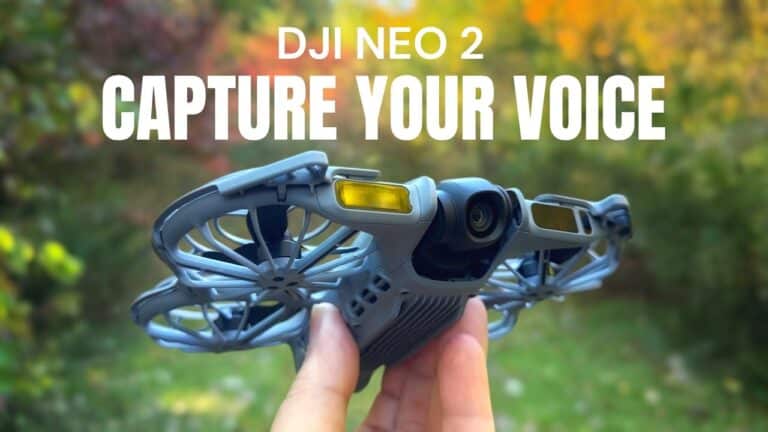
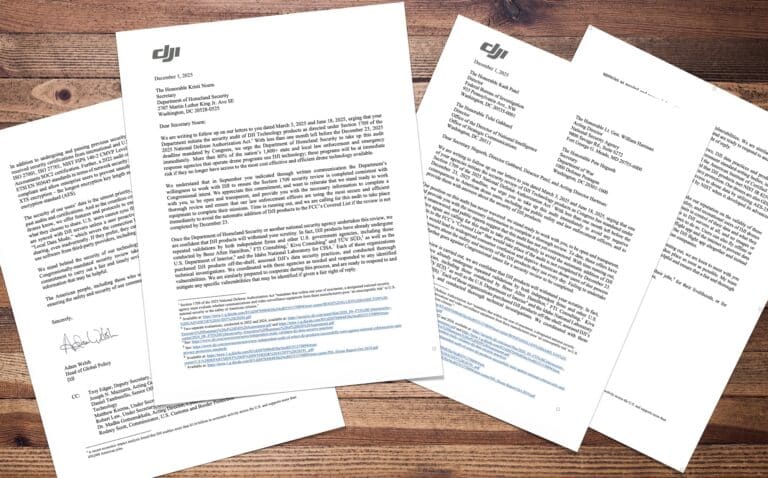
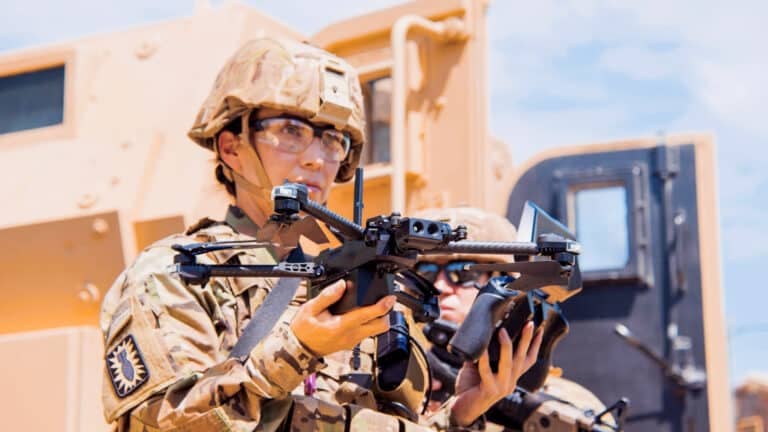
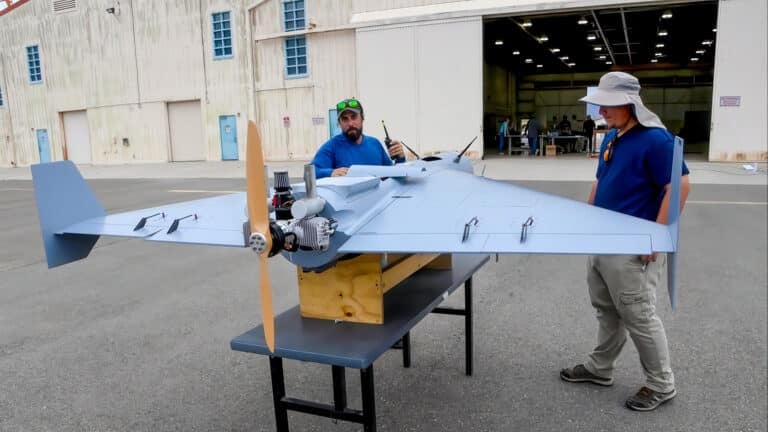


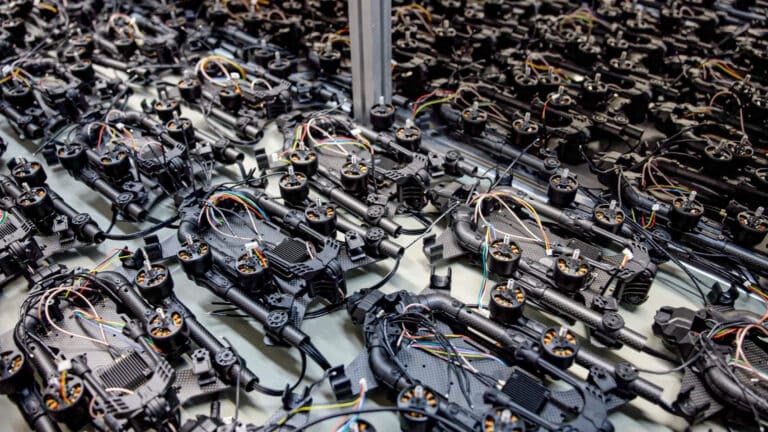


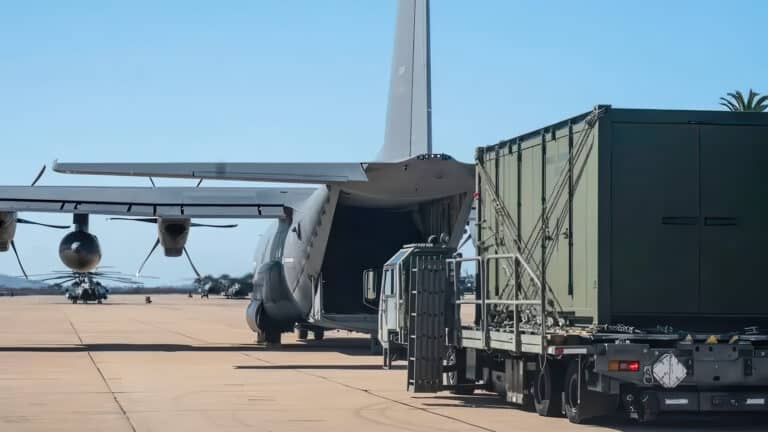


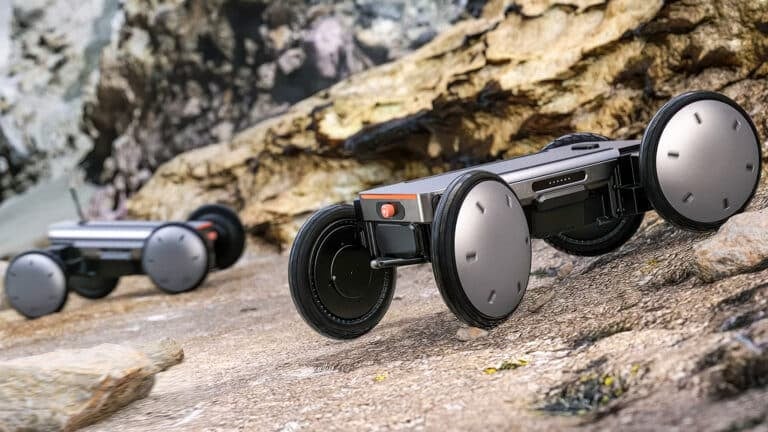

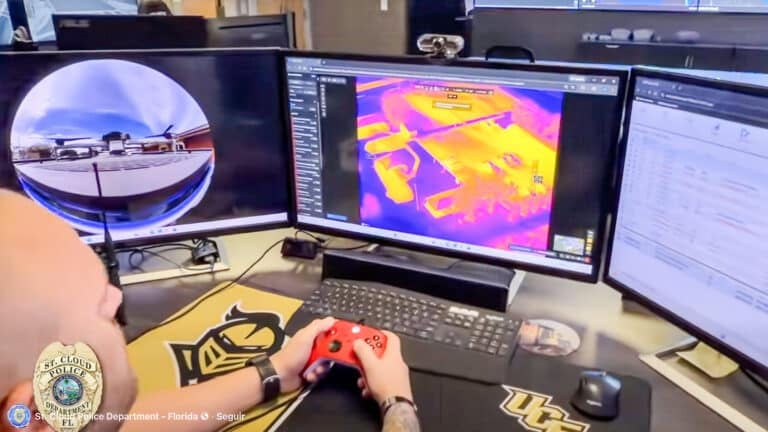
Here’s a hands on review:
https://www.youtube.com/watch?v=AQQZsXvlc2Q
The article said:
“ The Neo 2’s most substantial improvement centers on its imaging capabilities. DJI equipped the drone with a 12-megapixel 1/2-inch CMOS sensor with f/2.2 aperture—a meaningful step up from the original Neo’s smaller sensor that enables improved image quality and better low-light performance.”
But, i just confused, since the first Neo already use 1/2 inch sensor.
How could 1/2 inch sensor in Neo 2 is larger than 1/2 inch sensor in the first Neo?
You are right. Sensor size is the same. We will correct that now.
Huaiba details the camera improvements: aperture widened from f/2.8 to f/2.2. While the sensor size remains 1/2-inch, DJI implemented a new image sensor and processor. “Therefore, whether in low-light environments or video recording specifications, there have been obvious improvements,” he says. https://dronexl.co/2025/10/30/dji-neo-2-hands-on-chinese-reviewer-drone/
“up to 1080p/60fps with DJI Goggles N3 and time-travel joystick 3/FPV remote control 3, and up to 1080p/100fps with DJI Flight Glasses 3 and Crossing Joystick 3/FPV Remote Control 3.”
Wha?
I have used the Neo in some of my real estate shoots and in looking at the specs for the Neo 2, it addresses some of the issues I’ve had in using the Neo. Knowing those improvements, if I can get my hands on a Neo 2, I will.
Actually not “in Asia,” only China (+ HongKong) & Taiwan (Communists regards as Taiwan be part of China). In Japan not yet released, either in Philippines, Korea web site.
But it had appeared in Japanese UAV registration site by the government this week, so it’ll be released in Nov 13.
Thank you for the clarification.